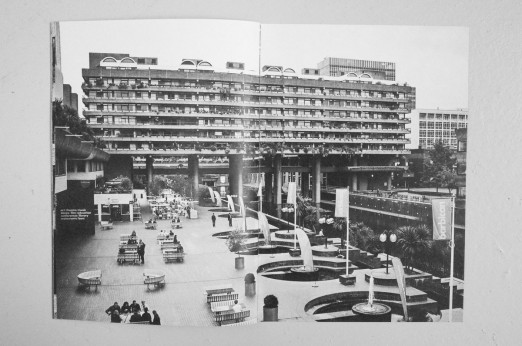The housing projects built by Camden when Sydney Cook was borough architect (1965-73) constitute not just the last great output of social housing in the UK but also arguably the most substantial investigation into the architecture of urban housing undertaken in the past half-century. The aim was not merely to meet pragmatic requirements but to establish a new kind of architecture based on a radical reinterpretation of traditional English urbanism, not least streets with front doors. As such these projects – including Neave Brown’s Fleet Road and Alexandra Road, Benson & Forsyth’s Branch Hill and Maiden Lane, and Peter Tabori’s Highgate New Town – continue to provide a benchmark for architects today.
To mark the centenary of Sydney Cook’s birth in 1910, The Building Centre and NLA are presenting an exhibition on this remarkable programme, which also included projects by Colquhoun & Miller, Edward Cullinan, Farrell Grimshaw and James Stirling..
The exhibition comprises of black and white photography by Martin Charles, taken when the projects were first finished, as well as original models and drawings. It will include the well-known projects by Neave Brown (Fleet Road and Alexandra Road), Peter Tabori (Highgate New Town and Polygon) and Benson & Forsyth (Lamble Street, Branch Hill, Maiden Lane) and also lesser known projects such as Harmood Street (Alan Warman) and Highgate New Town stage 2a (Bill Forrest) as well as Colquhoun + Miller’s Caversham Road/Gaisford Street. .
Cook’s Camden is based on the research currently being undertaken by Mark Swenarton, professor of architecture at Oxford Brookes University, who is curating the exhibition. It is organised by NLA, the Building Centre and the DOSSier (Discourses on Space and Society) research unit at the department of architecture, Oxford Brookes University.



